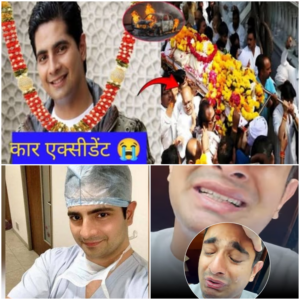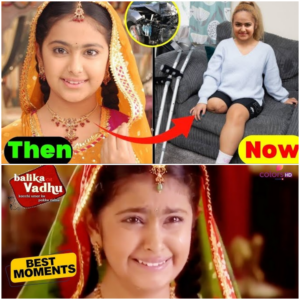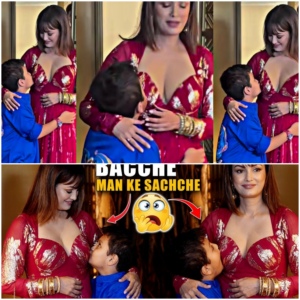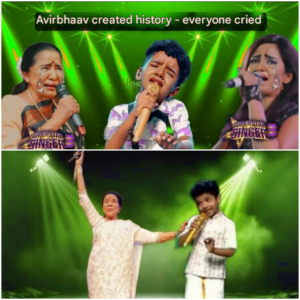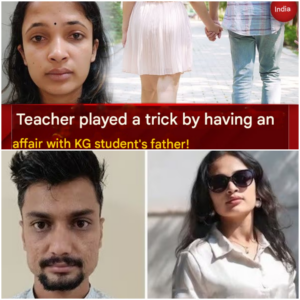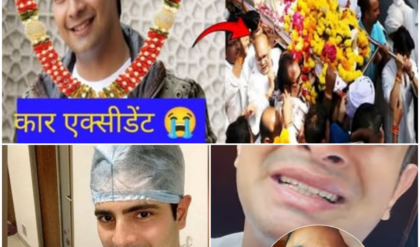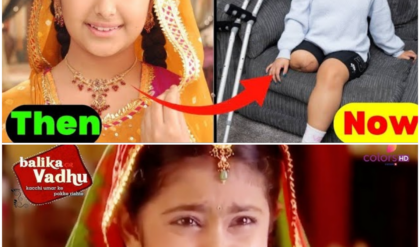Moment Palestinians rescue children from rubble in Gaza
.
.
.
play video:
Under the Rubble: The Heroic Rescue of Gaza’s Children Amid Ongoing Bombardment
By Middle East Correspondent | March 31, 2025
Gaza City, Palestine – Amid the chaos, dust, and deafening sounds of war, a moment of raw humanity emerged from the rubble-strewn streets of Gaza. In a now-viral video that has gripped the world, a group of Palestinian civilians—armed with nothing but bare hands and unshakable courage—can be seen pulling terrified and injured children from beneath the debris of a collapsed building.
This wasn’t a scene from a disaster film. This was real life in Gaza, where once again, civilians—especially children—are paying the highest price in a conflict that continues to escalate, with no end in sight.
“Bismillah”: A Prayer Amid the Rubble
The haunting video begins with the desperate cries of men shouting “Bismillah” (In the name of God), as they work together to clear shattered concrete, twisted metal, and clouds of suffocating dust. The voice of a rescuer, trembling and breathless, calls out for help: “There’s someone here—underneath! Move carefully!”
Seconds later, the crowd erupts into a frenzy of hope and urgency. A child’s faint moan is heard beneath the rubble, followed by the frantic scraping of hands against rubble, as more people join in the rescue effort.
“Pull! Pull slowly—he’s still breathing!” one man cries. And then, silence breaks with the wail of a child—alive, bloodied, terrified, but alive. The gathered rescuers weep, praise God, and continue digging.
These moments, captured in grainy footage and shaky mobile phone video, offer a raw and painful glimpse into what daily life has become for Gaza’s civilians. For them, survival is not guaranteed. Safety is not promised. And heroism is not a choice—it’s a necessity.
The Scene of the Attack
This particular rescue unfolded in the Zeitoun neighborhood of Gaza City, just minutes after an Israeli airstrike leveled a three-story residential building, reducing it to a mountain of rubble and smoke. According to eyewitnesses, the building housed three families, including at least twelve children.
Israeli defense sources later stated that the area was being used by militants for “strategic operations.” However, local residents and rescue volunteers insist that it was a civilian residential complex, home to generations of families.
By the time ambulances arrived, it was already too late for many. But the resilience and unity of Gaza’s civilians ensured that not everyone would be lost.
Rescuers With No Equipment, Only Faith
With emergency services overwhelmed and infrastructure shattered, most rescues in Gaza are carried out by civilians themselves—neighbors, family members, and local volunteers who rush into the destruction without protective gear, specialized training, or certainty they’ll survive.
“We don’t have machines. We don’t have tools. We only have our hands and our prayers,” said Abu Firas, a 42-year-old grocer who has become a de facto first responder in his area. “When I heard the blast, I ran. I didn’t think. I just knew someone might need help.”
Abu Firas was one of the men seen in the video pulling out a toddler with a deep gash across her forehead. “She was whispering ‘Mama’ under the rubble,” he recalled, his voice breaking. “I will never forget that sound.”
A Generation Under Siege
Since the escalation began earlier this year, UNICEF estimates over 1,700 children have been injured, and hundreds killed in Gaza. Schools have turned into shelters. Hospitals are functioning beyond capacity, often operating without electricity or running water. Parents carry their children in blankets, desperate to find safety where there is none.
“This is a war on childhood,” said Dr. Leila Saad, a pediatrician at Al-Shifa Hospital. “Every hour, we receive children with burns, fractures, trauma—and many who don’t make it. The psychological scars are even worse. Many stop speaking. They just cry.”
The footage of the rescue has reignited global outrage over the humanitarian crisis in Gaza, with many calling for an immediate ceasefire and accountability for the targeting of civilian infrastructure.
International Reaction
The video quickly made its way to international news outlets and social media platforms. Global leaders, human rights activists, and religious organizations have condemned the strike and called for renewed diplomatic efforts to halt the violence.
“This must end. No child should be pulled from rubble, trembling and bloodied, in the year 2025,” said UN Secretary-General António Guterres. “We call upon all parties to respect international humanitarian law and protect civilians—especially children.”
Amnesty International has labeled the current attacks on Gaza’s residential areas as “disproportionate and indiscriminate,” citing multiple incidents where entire families have been buried alive.
The Children Pulled from Rubble
Three children were rescued from the site in Zeitoun—two boys and one girl, all under the age of ten. Their names have not been released to the public, but hospital sources confirm that all three are now in stable condition, though one remains in critical care.
Doctors say the physical injuries may heal in time—but the emotional trauma could last a lifetime. One boy, reportedly eight years old, has refused to speak or eat since the rescue.
“We keep telling him he’s safe now, but he just keeps staring at the ceiling,” said a nurse.
Gaza’s Crumbling Health System
The health crisis in Gaza has been exacerbated by years of blockade, economic deprivation, and underfunding. Hospitals like Al-Shifa, Nasser, and Indonesian Hospital are running on emergency generators with limited medicine and overworked staff.
According to the Palestinian Ministry of Health, nearly 70% of medical supplies are out of stock, and fuel to run ambulances may last only a few more days.
“We are not equipped to handle war casualties on this scale,” said Dr. Saad. “We’re choosing between patients. It’s the most painful thing I’ve ever done.”
Humanity in the Darkness
Amid this horror, stories of courage, compassion, and unity continue to emerge from the rubble.
The rescue team that saved the three children in Zeitoun was made up of ordinary people—a baker, a taxi driver, a retired teacher. One man took off his keffiyeh to wipe dust from a little girl’s face. Another whispered the Quran into a boy’s ear to calm him.
They didn’t ask for cameras. They didn’t wait for instructions. They just acted.
“In Gaza, we are each other’s rescue teams,” said Abu Firas. “We don’t wait for the world to save us. We save each other.”
A Call for Justice and Peace
The video of the children’s rescue is now being circulated as a symbol—not just of survival, but of the urgency for peace. Humanitarian groups are demanding access to Gaza to provide food, medical aid, and shelter to the displaced.
“What we are witnessing is not just a conflict—it is a humanitarian catastrophe,” said a spokesperson from Doctors Without Borders. “Without immediate international intervention, thousands more could die—not just from bombs, but from hunger, thirst, and untreated wounds.”
Conclusion: When the Dust Settles
When the dust settled on the shattered building in Zeitoun, three children emerged—injured, terrified, but alive. Their rescue is a testament to the indestructible spirit of a people who, despite everything, refuse to stop believing in life.
As the war grinds on, and headlines shift elsewhere, the people of Gaza continue to hope—not just for aid, but for a future where children are woken by laughter, not bombs. Where fathers don’t dig with bare hands for their sons. Where a child whispering “Mama” is answered with love, not sirens.
Until then, the world must not look away.
News
What is this relationship? All-star cast from 2009 to 2025 
 | Real names and ages | Then and Now
| Real names and ages | Then and Now
What is this relationship? All-star cast from 2009 to 2025 
Balika Vadhu Serial Star Cast Then and Now 2008 to 2024 || Real Age and Real Name
Balika Vadhu Serial Star Cast Then and Now 2008 to 2024 || Real Age and Real Name . . . play video: The Evolution of Balika Vadhu Cast: From Then to Now (2008-2024) Balika Vadhu, the iconic Indian television drama,…
SHOCK!!! Viral Monkey singing Hanuman Chalisa ♥️ | Indian Idol Best Performance 2025
| Indian Idol Best Performance 2025 
Viral Monkey singing Hanuman Chalisa ♥️

Unexpected! Nisha Rawal Faces Oops Moment with Son at Iftar Party 2025 

Unexpected! Nisha Rawal Faces Oops Moment with Son at Iftar Party 2025 
Avirbhav & Aasha Bhosle & Shreya Ghoshal performance | Superstar Singer season 3 | Superstar Singer
Avirbhav & Aasha Bhosle & Shreya Ghoshal performance | Superstar Singer season 3 | Superstar Singer . . . play video: Avirbhav’s Historic Performance with Asha Bhosle and Shreya Ghoshal on Superstar Singer Season 3 In the world of music…
Bengaluru teacher had an affair with student’s father, then extorted Rs 20 lakhs! |
Bengaluru teacher had an affair with student’s father, then extorted Rs 20 lakhs! . . . play video: Bengaluru Teacher Involved in Scandal: Blackmail, Affair, and Extortion In a shocking and disturbing case that has left the city of Bengaluru…
End of content
No more pages to load
